
An artificial metalloenzyme biosensor can detect ethylene gas in fruits and Arabidopsis leaves (Nature Comms)
Plant Science Research WeeklyBiosensors have provided abundant information about the distribution of target enzymes, for example auxin, revealing much about their roles in plant physiology and development. Ethylene is a tiny (C2H4) gaseous hormone that hasn’t been very amenable to the development of biosensors. Here, Vong et al.…
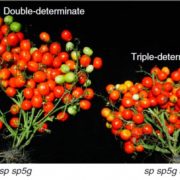
Rapid customization of Solanaceae fruit crops for urban agriculture ($) (Nature Biotech)
Plant Science Research WeeklyNumerous genes have been identified that modify shoot architecture, which has allowed breeding of varieties for specific purposes and environments. Here, Kwon et al. describe how they have used gene editing to modify several of these genes to produce tomatoes and groundcherries that are compact and rapid…
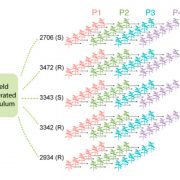
Successive passaging of plant associated microbiome reveals robust habitat and host genotype-dependent selection (PNAS)
Plant Science Research WeeklyStudy of the plant microbiome can contribute to sustainable agricultural systems through improvements to plant health and nutrition. One goal has been to select and design microbiome communities for specific functions. In a recent article, Morella et al. have used an experimental evolution approach to…
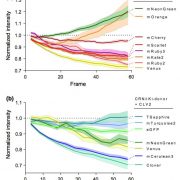
A practical guide for fluorophore selection for FRET experiments in plants (Plant Direct)
Plant Science Research WeeklyProtein-protein interactions modulate the activities of many proteins, i.e., the signaling specificity of Receptor-like kinases (RLK). Förster Resonance Energy Transfer (FRET) allows the study of the dynamics of protein-protein interactions in live plants; this technique is based on energy transfer…
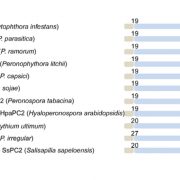
Cleavage of a pathogen apoplastic protein by plant subtilases activates immunity
Plant Science Research WeeklyPlant-pathogen interactions are shaped by a dynamic signaling crosstalk that often leads to an arms-race between plants and pathogens. The initial pathogenic invasion starts in the apoplast, which serves as a major battlefield. This extracellular space is a harsh environment enriched with hydrolytic…

Plant gene editing through de novo induction of meristems ($) (Nature Biotechnol)
Plant Science Research WeeklyA fast method of gene editing using Agrobacterium was developed to deliver combinations of the developmental regulators including WUSCHEL and SHOOT MERISTEMLESS along with gene-editing reagents. The expression of specific developmental regulators led to the induction of meristems and expression of the…
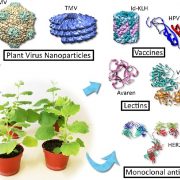
Plant Science Research Weekly: December 27
Blog, WWR Full PostSpecial Current Opinion in Biotechnology issue Issue: Plant Biotechnology
Since most of us will have a few days off this coming week as we welcome in 2020, I’d like to highlight some of the engrossing reviews in this special issue of Current Opinion in Biotechnology, edited by Ralf Reski, Gary…
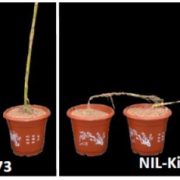
Stiffening stems: identification of the stiff1 gene involved in maize stalk strength
Research, The Plant Cell, The Plant Cell: In BriefStalk lodging, a structural failure in which crop stalks break prior to harvest, can result in high grain moisture, reduce grain quality, and cause harvesting difficulties. For the popular high-yielding cereal maize (Zea mays), lodging may result in global annual yield reductions of approximately 5-20%…

No Stakes for High Strength Corn
Plant Physiology, Plant Physiology: News and Views, ResearchKim L Johnson
La Trobe Institute for Agriculture & Food, Department of Animal, Plant and Soil Sciences, La Trobe University, Bundoora, Victoria 3086, Australia
In September 2019 hurricane Dorian swept across to the southeast coast of the USA and strong winds and downpours led to major crop…

